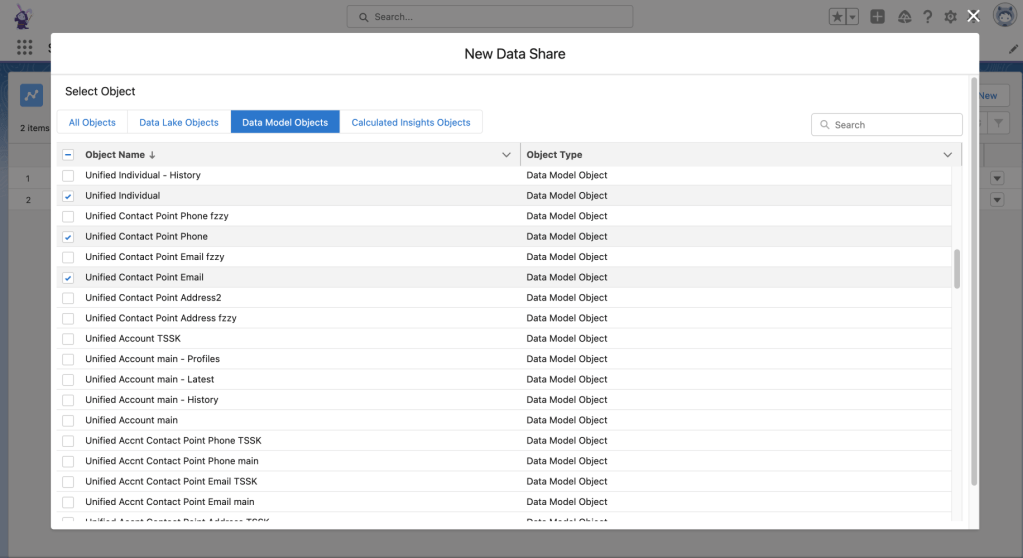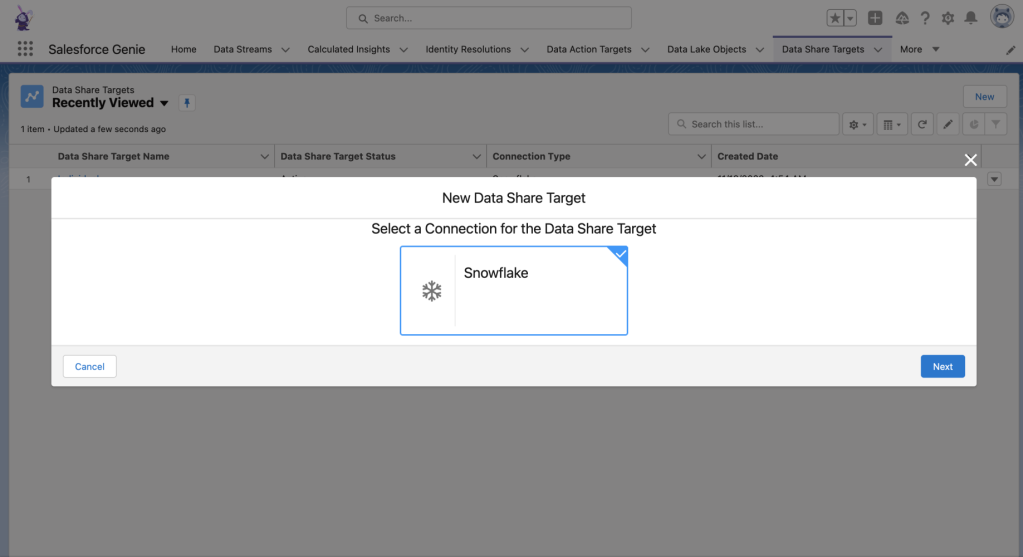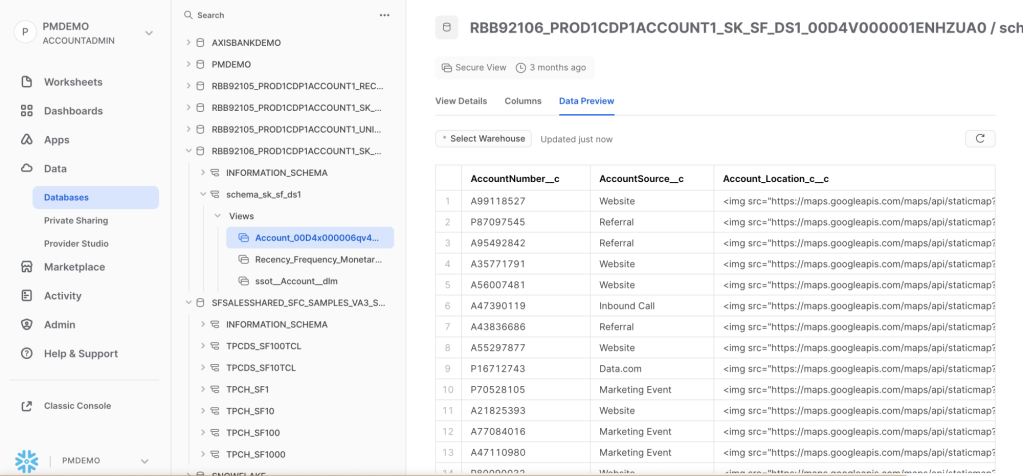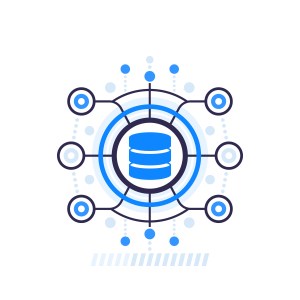Remember the last time you moved? You probably had to pack up too much stuff, transport it in a truck and unpack it in the new location – hoping it survived the trip. Imagine if your furniture and belongings could just teleport to your new place in perfect condition. It’s not possible in the physical world (yet), but with zero copy integration, that’s how you can handle your customer data.
Thanks to zero copy or zero ETL (extract-transform-load), it’s possible to share data among two or more data stores without actually moving it. This is great news to companies that store data in a cloud data warehouse like Snowflake or Google BigQuery. Some of them are reluctant to adopt a customer data platform (CDP) because they don’t want to duplicate data.
Now, they don’t have to. Using zero copy integration, users can get the benefits of a CDP – like data harmonisation, identity management, built-in analytics and activation without the downside of physical data movement.
What you’ll learn:
- What is zero copy?
- What is zero copy integration?
- What is the difference between traditional copy and zero copy approach to data?
- What is a data warehouse?
- How it works: from CDP to data warehouse
- How it works: from data warehouse to CDP
- Genpact: Accelerating transformation with zero copy
- Frequently Asked Questions (FAQs)
What is zero copy?
Zero copy empowers you to activate data for CRM, analytics, and AI without moving or duplicating it. By querying data directly where it resides, zero copy saves time, preserves data security, and unlocks faster insights, transforming how businesses harness data for customer-centric innovation.
What is zero copy integration?
Zero copy integration makes it possible to access data that is sitting in multiple different databases at the same time without having to move, copy, or reformat anything. In addition to making access faster and easier, it cuts down on the expense and risk of errors that are always incurred when data has to be moved or changed.
Copying data from one database to another is a common practice. Often, this process entails some form of data transformation called extract-transform-load (ETL). It can be a useful and even necessary step in managing enterprise data, but it has its challenges.
What is the difference between traditional copy and zero copy approach to data?
Here’s how zero copy stands apart from traditional data copying methods, delivering real-time, cost-effective, and simplified data access with fewer risks and greater compliance.
| Traditional | Zero Copy | |
| Replication | Source data copied from original location to target | Data remains in original location |
| Updates | Data only accurate as of last synchronisation point | Data is accessed in real-time |
| Cost | User pays cost of moving and synching data | No data movement cost |
| Regulatory requirements | Harder to keep up with compliance due to more complex governance | User-only responsible for source data |
| Errors | Any data movement introduces potential for errors or mistakes | No movement errors |
| Maintenance | Copying and synching creates more complexity | Easier to manage |
Typically, the physical copying of data incurs costs for data transportation, introduces the potential for errors, complicates data governance and management, and creates data-synching time lags.
So how does zero copy integration work? The actual mechanism differs from platform to platform and is different whether you are accessing data from the CDP into the data warehouse or vice versa.
In the following examples, we’ll be using Salesforce Data Cloud as the CDP and our partner Snowflake as the data warehouse. Other vendors could be substituted without significantly changing the explanation.
What is a data warehouse?
A data warehouse is simply a reliable place to store and access data that is important to the business. A data lakehouse combines the flexibility of data lakes with the structure of data warehouses — they are not the same — enabling businesses to store raw and processed data together for faster, easier, and more scalable insights.
Traditional data warehouses work with highly-structured data in formatted tables, and they tend to be quite slow and complicated. On the other hand, modern data warehouses like Snowflake can handle almost any type of data, process it quickly, and are easier to use. Because they are built on top of cloud platforms like Amazon and Google, they are easier to plug into other systems like CDPs that use the same platforms.
How zero copy works: from CDP to data warehouse
In this case, we are inside our data warehouse and want to access data that is in the CDP. In other words, information is going out from the CDP to the data warehouse. This process is called data sharing.
Prerequisite
Before you start, make sure your data is ingested, harmonised, modeled, and prepared in Data Cloud. This allows you to share high-quality, trusted data downstream seamlessly.
Step 1: Select the objects
First, choose the data model objects you want to share within the Profile category — for this example, Unified Individual, Unified Contact Point Phone, and Unified Contact Point Email. These objects contain rich customer insights you’ll need to enable connected, secure, and consistent reporting.

Step 2: Create a data share target
Next, define your data share target — in this case, a Snowflake account. This is where you’ll deliver your Unified Individuals data so analysts can work with it. Data Cloud makes it simple to create a share target, ensuring your data lands in the right destination with confidence.

Step 3: Link the data share object to the data share target
After defining your data share object and target, link them together. This is where the power of Salesforce Data Cloud shines: once connected, the Profile category objects will appear in Snowflake with minimal latency, letting you move from data to insights faster while maintaining data trust and security.

Step 4: Viewing objects in Snowflake
Once linked, Data Cloud automatically creates secure views of those objects in Snowflake. You can accept these data share objects in Snowflake, and a database is created with all objects appearing as views. From there, you’re ready to query the data, join it with other Snowflake tables, and power deeper insights.

Behind the scenes, the process creates “virtual tables” that describe the Data Cloud data to Snowflake. A virtual table is like a window into data in a database, but instead of copying and storing actual data, a virtual table only contains the structure of the data. It’s a blueprint or pointer to the right place in the CDP to get the data – but the data itself stays in the CDP.“
It is possible to query live data in Salesforce from Snowflake and ensure that changes in the Salesforce objects will be reflected in Snowflake,” explained Salesforce Data Cloud product manager Sriram Sethuraman. “This will empower developers and data scientists to build machine learning models and AI-powered applications on top of the Snowflake platform by joining Salesforce and Snowflake data.”
How it works: from data warehouse to CDP
Now we are inside our CDP and would like to access data that is sitting in our data warehouse. This process is sometimes referred to as data federation.
There are a lot of good reasons to do this. Data warehouses like Snowflake and Google BigQuery usually contain a massive amount of data, including transactional data like purchases, and product data. Although not typical “customer” data, such information can be very useful when trying to calculate a customer’s loyalty status or build a recommendation based on details about products they buy.
For example, here’s how you can access data warehouse data in Salesforce Data Cloud:
- Salesforce Data Cloud mounts tables from the data warehouse as external data lake objects. (Mounting is a process that creates a virtual data blueprint, like the one described above.)
- Data Cloud performs its usual functions such as ID management, analysis, segmentation, etc.
- The CDP can access data from the data warehouse by performing federated (or combined) queries that include data in Data Cloud and the objects that are provided by the data warehouse.
Genpact: Accelerating transformation with zero copy
Genpact, a global leader in advanced technology services, needed a smarter way to connect data across its massive enterprise to fuel AI-driven insights. With Salesforce Data Cloud and zero copy capabilities, Genpact unified data from multiple sources such as financial and customer systems, without duplicating or moving information. This gave teams a harmonised, trusted view of more than 500,000 records for real-time AI and analytics. Zero copy simplified compliance and governance for the company dramatically, while eliminating costly data pipelines. As a result, Genpact teams can personalise engagement, make confident decisions, and drive innovation at scale.
“Achieving a harmonised view of data across the company is a huge win,” said Shweta Gupta, VP, Enterprise Architect at Genpact. “When you get the data right, everything else — decision-making, customer engagement, and innovation — falls into place.”
With zero copy, Genpact is laying the data foundation for future-ready growth, supported by the power of Salesforce.
Zero-ETL data sharing is a powerful, built-in integration between Salesforce Data Cloud and Snowflake that allows teams to query live Salesforce data directly within Snowflake without data movement or duplication. This eliminates the need to build, manage, and scale complex ETL pipelines, dramatically reducing operational overhead. With zero-ETL, Snowflake users can access rich, harmonised Salesforce datasets in near real time to power advanced analytics with minimal latency and no additional integration costs.
“These new data sharing innovations grant secure, native, and open access to the data where it already lives, and allow organizations to deliver intelligent, memorable experiences based on a single source of truth for each and every customer,” says David Schmaier, President and Chief Product Officer at Salesforce.
By providing live data without copies, this capability ensures that insights in Snowflake are always up-to-date and reliable. Developers and data scientists can join Salesforce and Snowflake data seamlessly to train machine learning models, build AI-powered applications, and unlock deeper intelligence, faster. Zero-ETL data sharing is fully accessible through the Data Cloud UI, delivering a secure, scalable, and future-ready way for customers to make their data work harder and smarter.
Frequently Asked Questions (FAQs)
Zero-copy integration enables you to federate data directly from systems like CRM, ERP, or data lakes without replicating it. By running live queries, you maintain data residency, sovereignty, and compliance, especially across complex, distributed IT landscapes. Salesforce Data Cloud, for example, federates data in partnership with Snowflake, helping you unify customer profiles without having to physically move data, which is key for data privacy and speed at scale.
Since zero-copy keeps data in its original source, you reduce exposure risk while preserving existing security controls and encryption. Sensitive customer data never leaves your system, minimising attack surfaces. Salesforce Data Cloud, with Snowflake, lets you surface powerful insights through secure queries, supporting compliance with India’s DPDP regulations while ensuring data stays protected at its origin.
Yes. Zero-copy lets you run real-time segmentation and personalisation directly on federated data across online, offline, sales, and service channels. Marketers and sales teams can act on unified customer profiles instantly, without replicating data. Using Salesforce Data Cloud with Snowflake, you can personalise journeys on trusted, up-to-date data while reducing data silos and operational burden.
Zero-copy eliminates latency by accessing live data in place, delivering instant insights and faster actions during spikes in demand. Since no data is copied, it simplifies compliance with auditing, traceability, and zero-retention policies. For example, Salesforce Data Cloud with Snowflake enables you to meet rigorous security requirements while still empowering teams to activate data in real time.
Be a zero copy hero
In this free webinar, see how companies are using zero copy technology with Data Cloud and Snowflake to eliminate complexity and deliver a better customer experience.

























